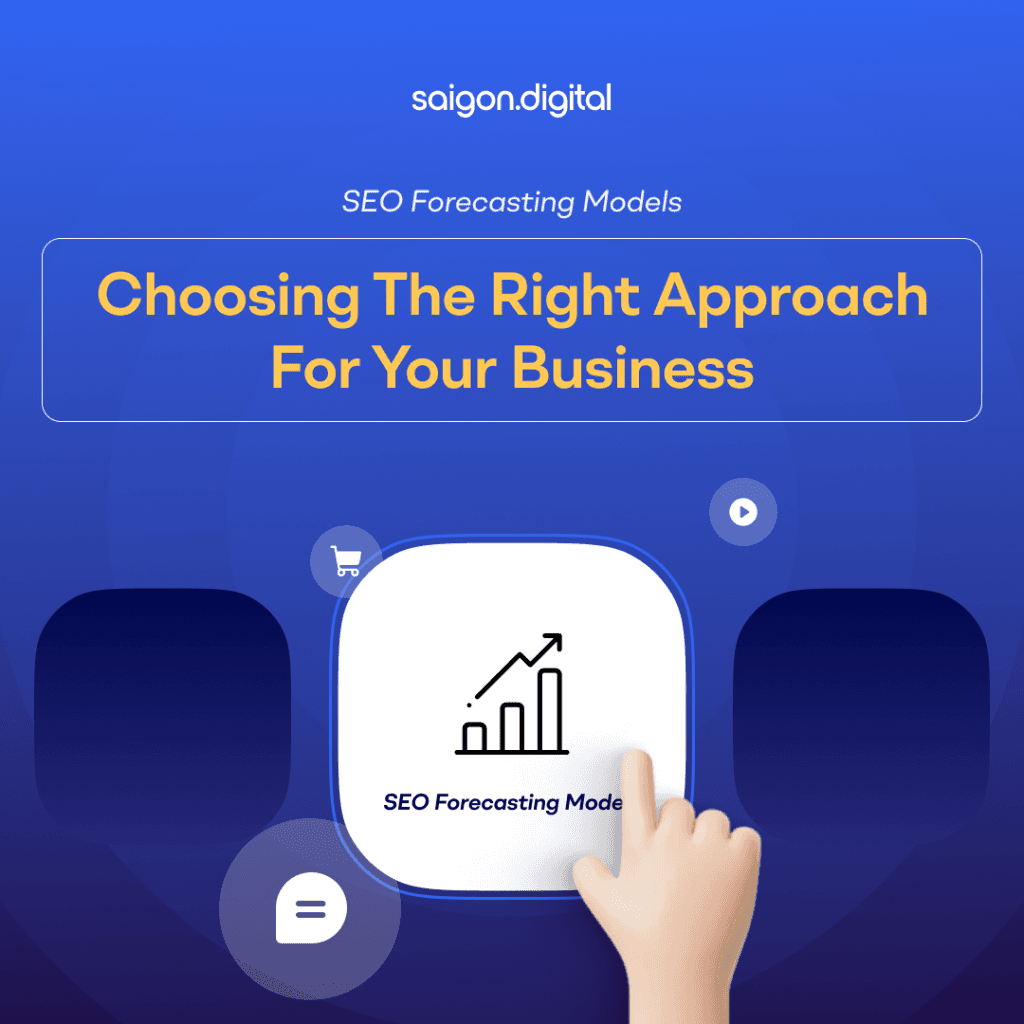
What is SEO Forecasting?
SEO forecasting is the process of predicting future organic search performance based on current and historical data. By analysing metrics such as traffic trends, keyword rankings, click-through rates, and conversion behaviour, businesses can estimate the potential impact of SEO strategies . At its core, SEO forecasting helps answer questions like:- How much organic traffic can we expect to generate over the next 6–12 months?
- What revenue might that traffic translate into?
- Is our SEO investment sustainable and justifiable compared to paid channels?
Why SEO Forecasting Matters
Imagine running an e-commerce store. You invest in optimising product pages, creating content, and building links. But how do you know if those efforts will generate £50,000 or £500,000 in sales over the next year? SEO forecasting provides clarity by aligning expectations with realistic outcomes. It helps:- Secure buy-in: Stakeholders can clearly see projected returns from SEO investment.
- Allocate resources: Teams can prioritise content, technical, and link-building initiatives based on impact.
- Mitigate risks: Forecasting identifies where competition or algorithm changes may affect results.
- Track ROI: Businesses can compare actual performance against predictions to refine strategies.
Common SEO Forecasting Models
There is no single forecasting model that works for every business. The right choice depends on your data maturity, your goals, and the dynamics of your industry. Below, we’ll explore the main approaches, their strengths, and where they are most applicable.1. Traffic Projection Models
Traffic projection models estimate the number of organic visits you could generate by improving keyword rankings. They combine three core data points: search volume, expected ranking position, and average click-through rate (CTR). For example, if a keyword receives 10,000 searches per month, and moving from position 8 to position 3 increases your CTR from 2% to 20%, you can project traffic growth from 200 visits to 2,000 visits. Expanding this across a portfolio of keywords gives a broader forecast of potential gains. Strengths : These models are straightforward, highly visual, and excellent for showing growth potential. Limitations : They don’t always account for seasonality, algorithm changes, or competitor activity. Best for : Businesses at the early stage of SEO who want to estimate visibility and traffic opportunities.2. Historical Trend Models
Historical trend models rely on your website’s past performance data to project future outcomes. By examining patterns in organic traffic, impressions, or conversions, you can create growth curves that extend into the coming months or years. For instance, if your site consistently grows by 10% in traffic each quarter, you might reasonably predict similar growth, assuming no major market shifts or site disruptions. Advanced versions of this model can adjust for seasonality (e.g., peak sales during holidays) or external events. Strengths : They use actual business data, making them more grounded and personalised. Limitations : They assume past growth trends will continue, which may not hold true in volatile markets. Best for : Established websites with reliable data over several years.3. Market Share Models
Market share models compare your website’s performance against competitors to forecast realistic gains. They assess the “total addressable search market”, the combined search demand for your target keywords and estimate the share of traffic you can capture based on your relative authority and ranking trajectory. For example, if competitors currently dominate 70% of top positions, you may project capturing 10–20% over the next year through improved content and link-building efforts. Strengths : They are highly strategic, helping you understand not just your growth potential, but also your competitive position. Limitations : They require detailed competitor data, which isn’t always complete or fully accurate. Best for : Competitive industries such as finance, travel, and e-commerce, where understanding rivals is key.4. Revenue Forecast Models
Revenue models tie SEO performance directly to financial outcomes, translating traffic and conversion data into tangible revenue forecasts. They are particularly useful for businesses where return on investment (ROI) must be clearly justified. For example, if analytics show that 1,000 organic visitors lead to 50 leads, with 10% converting into paying customers worth £1,000 each, then forecasting a rise to 10,000 monthly visitors could project £50,000 in revenue. Strengths : Highly persuasive for decision-makers, as they link SEO to revenue and growth. Limitations : Require accurate conversion tracking and a well-defined sales funnel. If those metrics are weak, forecasts may be unreliable. Best for : Businesses with mature analytics setups and clear conversion paths, such as SaaS, retail, and lead-generation sites.5. Hybrid Models
Hybrid models combine elements of the above approaches to create more nuanced and reliable forecasts. For instance, you might use traffic projection to estimate potential growth, historical trends to validate assumptions, and revenue modelling to show business impact. This layered approach allows you to balance ambition with realism. It also provides stakeholders with multiple perspectives, making forecasts more credible and adaptable to changing conditions. Strengths : Offers flexibility and often delivers the most accurate predictions. Limitations : More complex and time-consuming to build. Best for : Businesses seeking a comprehensive, data-rich forecasting approach to guide long-term SEO investment.How to Choose the Right SEO Forecasting Approach
Selecting a model depends on your business goals, data availability, and industry context. Here are some guiding principles:1. Define Your Business Objective
If your priority is brand visibility , traffic projection models may suffice. If your focus is sales growth , revenue-based forecasting is essential.2. Assess Data Quality
Forecasts are only as good as the data behind them. Businesses with robust analytics and conversion tracking can leverage revenue models, while newer sites may need to start with simpler traffic-based approaches.3. Consider Market Conditions
Industries with volatile competition or seasonal demand often benefit from market share models to stay realistic.4. Use Forecasting as a Guide, Not a Guarantee
Forecasts should inform strategy, not dictate it. Algorithm changes, competitor activity, and unexpected market events will always introduce variables.An Example in Practice
Suppose you run a boutique travel agency targeting European holiday seekers. You want to project SEO’s impact for the next 12 months.- You identify 50 keywords with combined monthly searches of 100,000.
- Based on ranking improvements, you forecast capturing 10% of that traffic = 10,000 visits.
- With a 2% enquiry rate, that’s 200 leads.
- If 25% of leads convert into bookings at an average value of £1,500, the potential revenue is £75,000.





